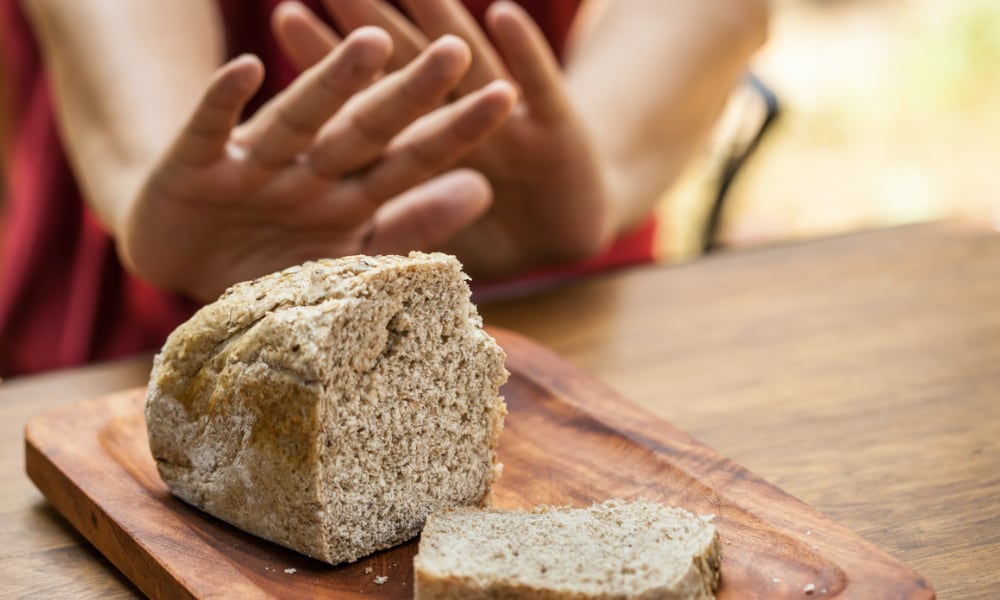
Celiac Disease is an immune system disorder where the lining of your small intestine becomes inflamed and irritated when exposed to gluten proteins. If left undiagnosed and untreated, it can lead to other autoimmune disorders as well as other diseases like osteoporosis or, in some cases, even cancer. Celiac disease damages the body’s ability to absorb nutrients.
If you suspect an issue with your stomach, bowels, or gut after eating foods like wheat, barley, or rye, it’s important to start talking with a doctor to help determine the cause. A proper diagnosis is important because the damage done by celiac disease can be more serious than feeling bloated or uncomfortable after eating certain foods. In the United States, most people who suspect they might have celiac disease actually go another 4 years before getting an actual diagnosis. In that amount of time, there is more damage that is possible, so early diagnosis is key.
Steps to help manage celiac disease
Thankfully, maintaining a gluten-free diet can eliminate the inflammation associated with celiac disease. As the lining of your intestine heals, your body will be able to return to normal levels of nutrient absorption during digestion.
You will have to make modifications to your diet, and unfortunately, some bread and pastries may be off-limits forever, but there are several alternative grains that can be substituted and are gluten-free.
The list of grains that you can eat if you have celiac disease is quite long. Some gluten-free grains and alternative flours are:
- Cassava
- Chia
- Corn
- Flax
- Millet
- Quinoa
- Rice
- Soy
Though commonly believed to be safe, keep in mind that most ancient forms of wheat still contain gluten.
When you are making the switch to consuming only gluten-free foods, it can also help to talk to a dietitian. Talking to a medical professional who knows your symptoms and sensitivities can help point you in the right direction as you begin your new diet.
Practical steps to maintaining a gluten-free diet
If you have celiac disease, a gluten-free diet is the only safe and proven way to manage your symptoms. Unfortunately, gluten seems to be hiding in foods you wouldn’t have suspected. Here are a few primary steps to help keep yourself from accidentally ingesting gluten when you don’t intend to.
A few major food categories that are generally safe for most people with celiac disease include:
- Vegetables
- Fruits
- Beans, legumes, and nuts
- Poultry and eggs
- Beef
- Fish and seafood
Also, many foods are now labeled “gluten-free” as people are becoming aware of different dietary restrictions such as celiac disease, lactose intolerance, or other food allergies.
Eating out poses its own set of challenges since you can’t read the food labels on everything you eat. Two additional places gluten can show up, in addition to the typical bread and grains, are in salad dressings and sauces. You may need to ask the restaurant staff about the food just to be safe.
More and more, menus at restaurants note which items are gluten-free, and restaurant staff is often trained to be aware of what items contain gluten. If you are ever in doubt, it is better to simply order an item you know to be safe.
Talk to a doctor about celiac disease
When you have celiac disease, you should continue to seek medical advice even after your diagnosis. Consulting with your doctor is an important step in helping you take control of your diet and care for your body.
At Gastroenterology Consultants of Savannah, we understand the challenges of living with celiac disease, and we are here to help you navigate the hurdles that come with it.
Schedule a telemedicine appointment today to talk to a doctor.